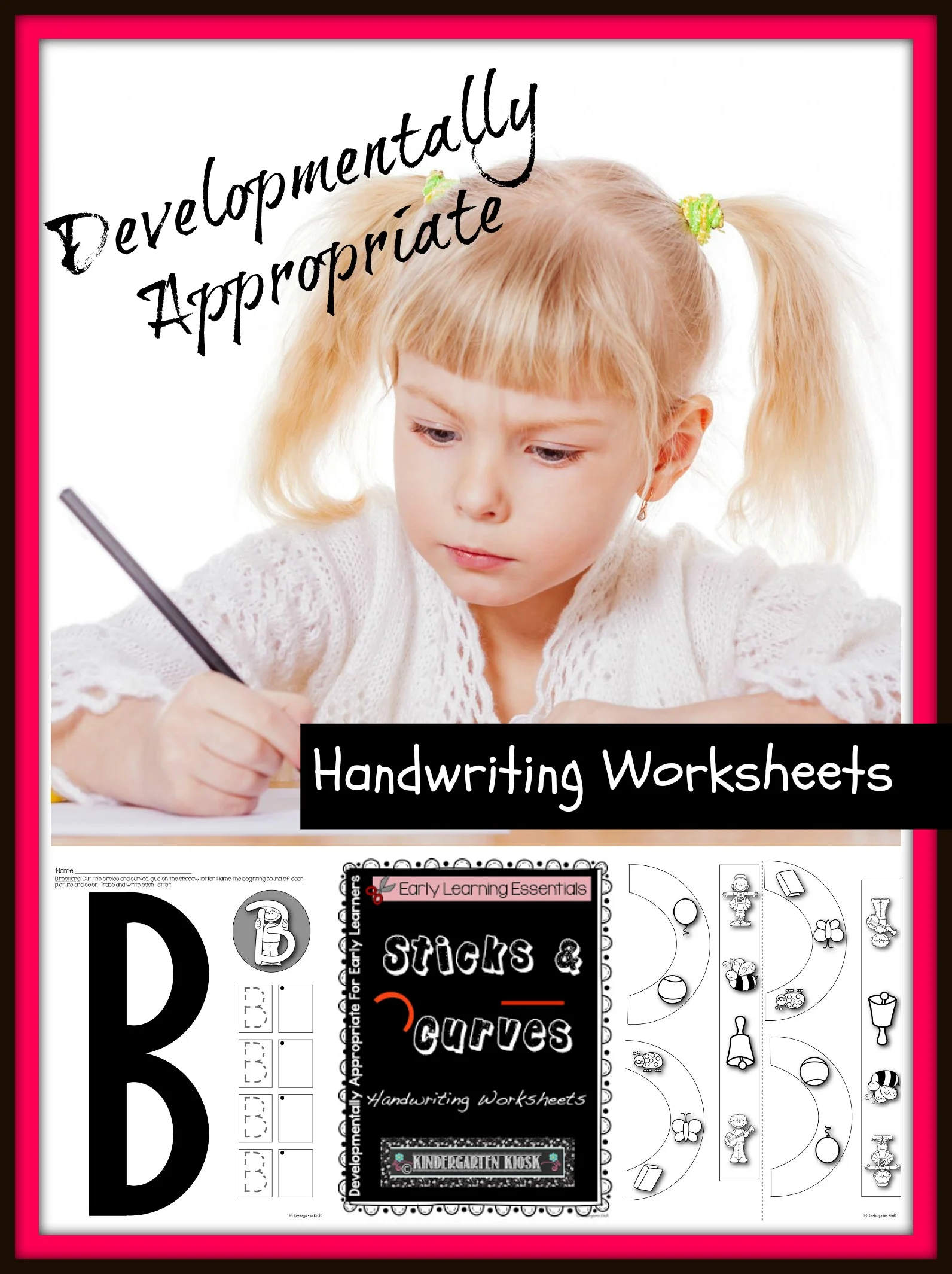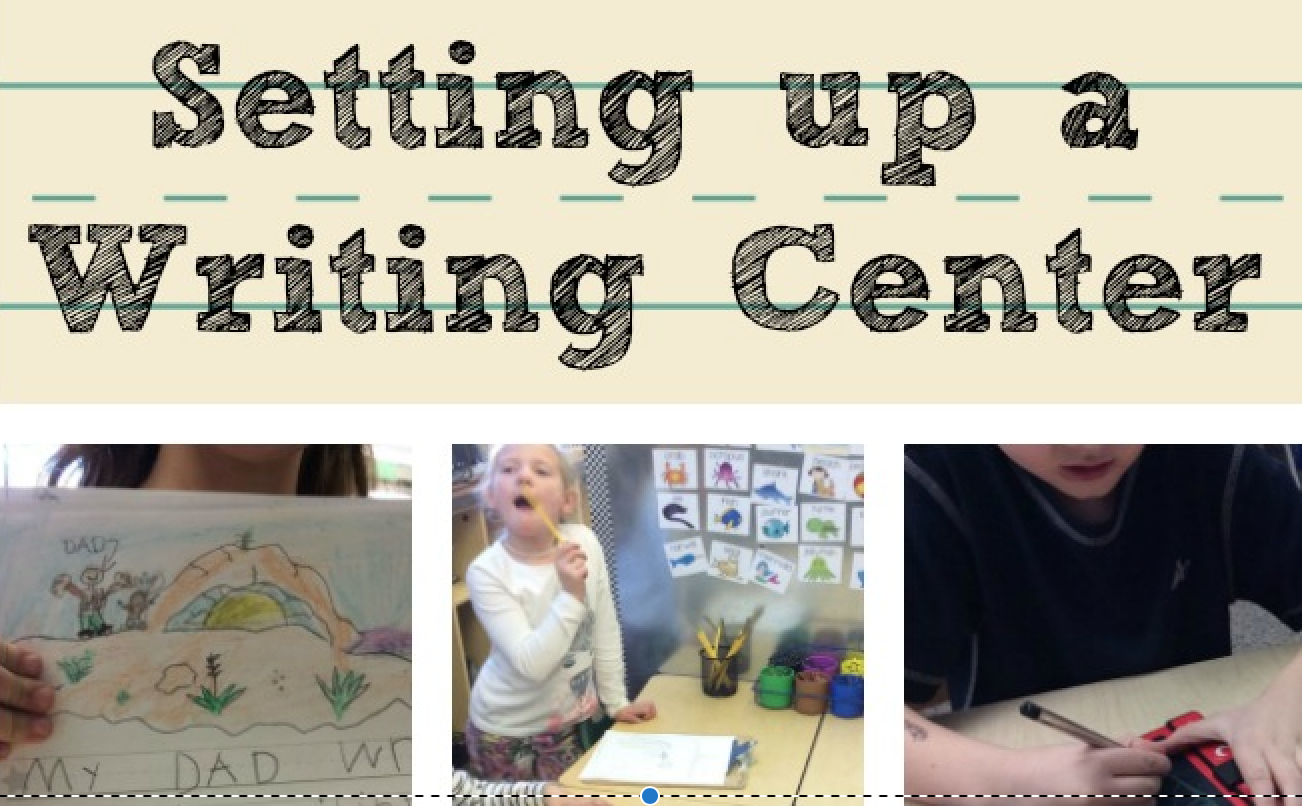Are You Using Your Counting Straws Wrong?
What I've been using counting straws wrong?
Do you have a set of these small counting straws in your classroom calendar area? Do you dutifully add a straw to the pocket chart every day counting the days of school? Do you immediately bundle the straws into groups of ten on every tenth day and then a group of one hunderd on the hundredth day of school? That's what these straws are for isn't it?
Read More
Decorating a Portable Classroom
So your new classroom is in a Portable Trailer. Take a look at how you can make yours home?
Read More
Make Assessments A Breeze
If you have yet to give ESGI a try, perhaps now is the time! Everyone that signs up for free 60-day trial will be entered to win one of ten $50 Amazon gift cards! Sign up now by using the promo code B7227 to save $40 at the time you turn that amazing trial into a subscription.
Read More
Uppercase Handwriting Worksheets: Sticks and Curves
If you are looking for a quality product for early learners, you will love this Uppercase Letter Formation product! There are two versions included in the purchase, the one page version where everything is included on a single page, and a 2 page version that may be easier for little hands to manipulate. The letter is on a full page and the sticks and curves are on an additional half page.
Read More
Teach About Colors
Teaching about colors is fun any time during the year! All children have some experience and level of understanding about color so it serves as a great anchor for young learners!
Read More
Homework for Young Children: Yay or Nay
As the trend as-of -late is to offer less homework to increase family time, I agree with the Duke University study that concludes that although students shouldn't be doing hours of nightly homework, they should be doing homework. Dr. Cooper, Professor of Psychology and Neuroscience states that homework should be thought of as dietary supplement. If you do not take it you won't have any dietary advantage. If you take too much, it will have ill effects.
Read More
Oral Blending
Oral blending is a precursor to decoding or sounding out words. Developing a strong foundation in blending will help students make a faster and smoother transition when reading words.
Read More
Working With Word Families
Teaching a child to rhyme is phonological awareness. Teaching a child to connect auditory rhymes to the written word is phonics. Both are essential skills when teaching a young child to read and both can be taught through word families!
Read More
Helping Early Learners Conquer Those Pesky Vowels
When young children have mastered the alphabet letter names and know more than half of the letter sounds, hooray! But with that sigh of relief comes the reteaching and reteaching of those pesky vowels!
Read More
The Perfect Kindergarten and Preschool Assessments
I use the assessments below in my classroom. I have used and perfected these assessments for over 15 years, and I truly believe them to be the perfect kindergarten and Pre-K assessment packets. And yes, they are strategically linked to Core Standards.
Read More
Teaching Students To Love School
School must be so much more than worksheets and assessments, it must be an opportunity for students to flourish and grow in many areas. A place to become empowered to take risks, fail often, and try again.
Read More
Three Billy Goats: Reader's Theater or Partner Play
Call them what you will, Reader's Theater, Partner Plays, or simply, what it is, reading for fluency and comprehension. No matter the name or the purpose, young children love to read, practice, rehearse and perform! Students love these books and their headband costumes!
Read More
Setting Up A Writing Center
You can create a space in your classroom for students to experience and practice newly acquired writing skills independently by making a writing center. A writing center is a great spot to foster interest and provide independent opportunities.
Read More
Interactive Writing and Structured Writing
Interactive or structured writing is when the teacher guides group writing. All children participate in the composing and even construct various aspects of the writing. Students experience writing for a purpose and with meaning.
Read More
Reading Strategies That Work
Students will read more quickly and effectively when given appropriate strategies for reading and instructed on how to match those strategies to reading situations.
Read More
Teachers: Supporting Each Other
My former colleague Mary Spiker is currently living the dream. She has just won the honor of Idaho Teacher of the Year and has been spending this week in Washington with the other 49 winners as guests of the White House. She has been posting amazing experiences on her Facebook page and I've been eagerly following her on this adventure. I received a message from her yesterday that really touched me and made me reflect on how important colleagues are in our professional life. This is her message:
Read More
Integrating Music in Elementary Classrooms
Integrating music into the elementary school curriculum occurs at varying degrees. At the very basic level students perform or respond to a piece of music. This is the kind of music integration that occurs in the classroom when we sing welcome songs as our students enter the classroom or play a simple melody when it's time to clean up. At a higher level of integration a piece of music can be used to teach a concept from the core curriculum. These kinds of integrations occur when we sing the ABCs, a counting song, or a simple melody to help children remember their math facts. The highest levels of integration ask students to learn music content alongside core content, learning music vocabulary, concepts, and skills in tandem with other academic concepts.
Read More
Using Questions To Extend a Shared Writing Lesson
During Shared Writing the teacher guides children to compose messages using a combination of writing. For beginning writers to understand what writing is and to cognize the connection between spoken and written language, the teacher must continually model the writing process by using the think aloud strategy - that is to verbalize the writing process as it is being executed. In subsequent sessions the teacher gradually solicits the student’s assistance as they begin to identify sounds and name letters in words; the teacher acknowledges and writes the letters in the correct placement.
Read More
Kindergarten or Preschool Graduation End-of-the-Year Program Songs and Posters
Whether you are planning a graduation like I am, a celebration, or simply want some great end of the year songs to celebrate your classroom community, here are some great choices for you!
Read More
Best Digital Kindergarten Assessment
Have you been wanting to try ESGI, the best digital assessment tool around, but the cost has held you back, or perhaps you wanted to really try it out before purchase? Well wait no longer! ESGI is now offering a deal not to miss!
Read More




















